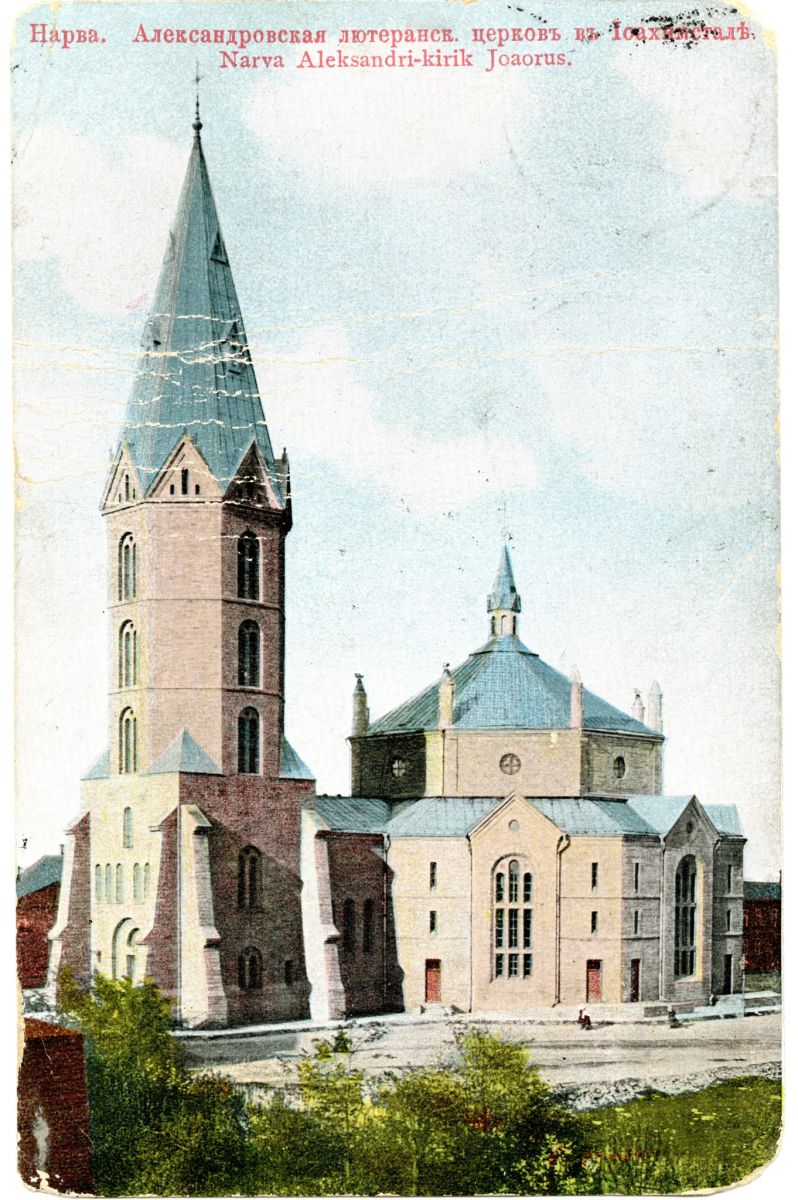The Alexander Church of Narva: A Monument of Faith and History
Next year marks the 140th anniversary of the consecration of Narva's Lutheran Alexander Church. While its age may not seem significant compared to other European sacred buildings, it stands as a crucial architectural and historical monument for Narva, especially considering the extensive destruction the city suffered during World War II.
The Alexander Church in Narva was founded in 1881 to serve the Lutheran workers of the Kreenholm Manufacturing Company. Named in memory of the Russian Emperor Alexander II, who was assassinated, the church's design and construction were overseen by architects Otto Pius Hippius and Pavel Alisch.
Constructed in the Neo-Romanesque style, the Alexander Church of Narva stands as Estonia's most spacious Lutheran church, capable of accommodating five thousand worshipers. Despite surviving artillery attacks in 1919, it suffered severe damage during WWII. Services continued in the damaged structure until 1962, after which it was used as a warehouse until returned to the Estonian Lutheran congregation in 1990, with services resuming in 1994.
In 2008, a museum dedicated to the history of Narva's churches was opened in the restored bell tower.

